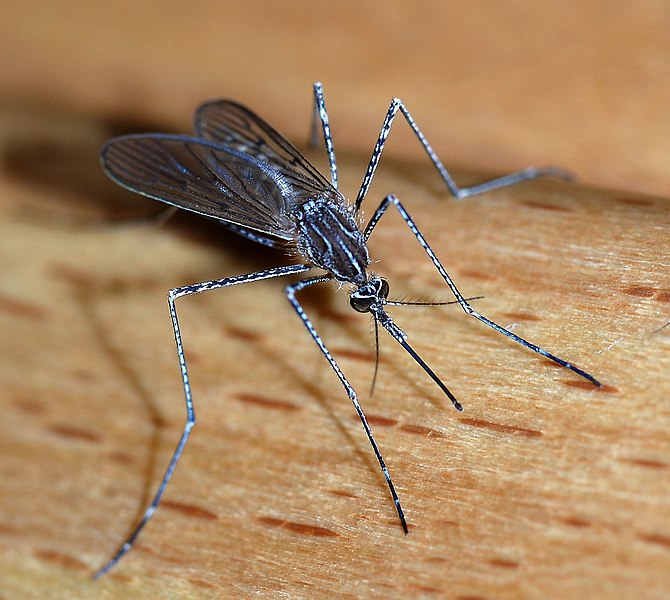|
The year I lived in Africa long ago, we didn’t worry much about malaria. Mosquitoes that carried the parasite didn’t thrive on the cool, dry Eritrean plateau, 7200 feet above sea level. For rare jaunts to lower altitudes, we swallowed malaria pills before, during, and after—probably chloroquine, though I don’t remember for certain.
Deadly malaria evolved millions of years ago and spread to every inhabited continent. Controlling it in the United States was CDC’s original mission in 1946; the agency was based in Atlanta because most of the nation’s malaria was in the Southeast. CDC’s program centered on spraying home interiors with DDT. Encouraged by its success, the World Health Organization in 1955 undertook to eradicate the disease worldwide. When I worked for Rotary on polio immunization in the 1980s, malaria killed perhaps a million people a year. In debates whether polio could be eradicated, advocates pointed to the recent eradication of smallpox as reason for hope. Naysayers pointed to WHO’s inability to eradicate malaria globally. The disease still kills more than 400,000 people annually, mostly in Africa, mostly young children. WHO last week recommended a broad rollout of the world’s first malaria vaccine, developed by GlaxoSmithKline and oddly named RTS,S. The world’s first-ever vaccine against any parasitic illness, RTS,S is far from ideal. It requires a series of four injections. Efficacy is only 30 to 40 percent. Nevertheless, in combination with bed nets and antimalarial drugs, it should save tens of thousands of lives each year. Now that’s something to celebrate.
2 Comments
10/11/2021 09:08:08 pm
It is really pretty amazing. The parasites apparently go through different stages of life cycle in different parts of the human body, making a vaccine especially hard to create. Draining swamps and DDT and bed nets all help, but not enough - and I cringe to think of people coming into our homes and classrooms to spray every surface with DDT, as they did in the late 1940s!
Reply
Leave a Reply. |
AuthorI'm a historian who writes novels and literary nonfiction. My home base is Madison, Wisconsin. Archives
July 2024
|

 RSS Feed
RSS Feed